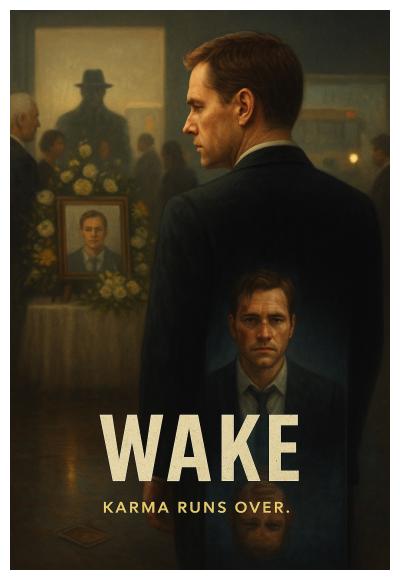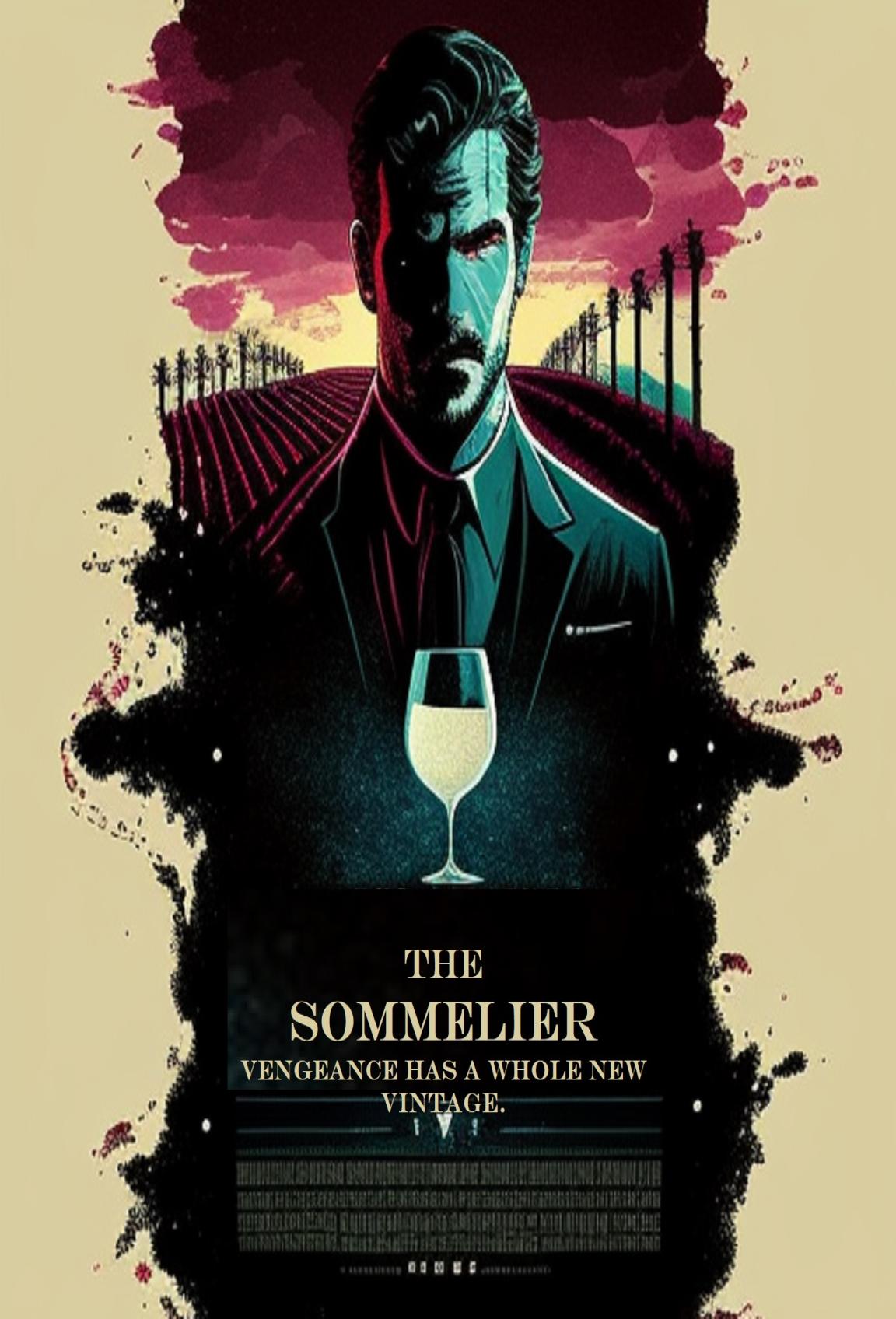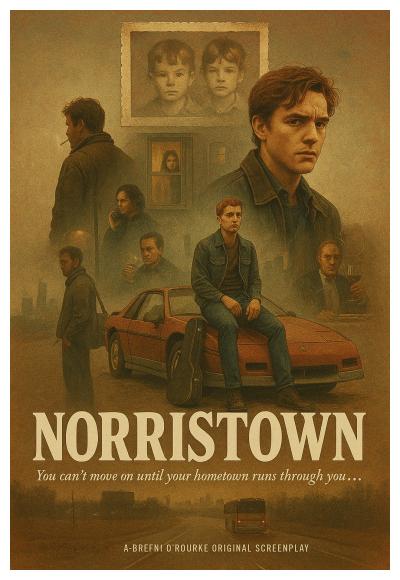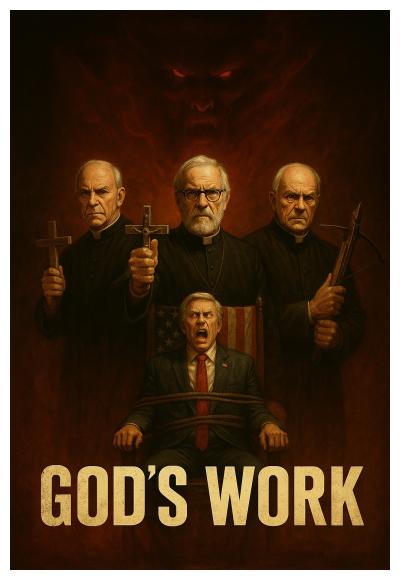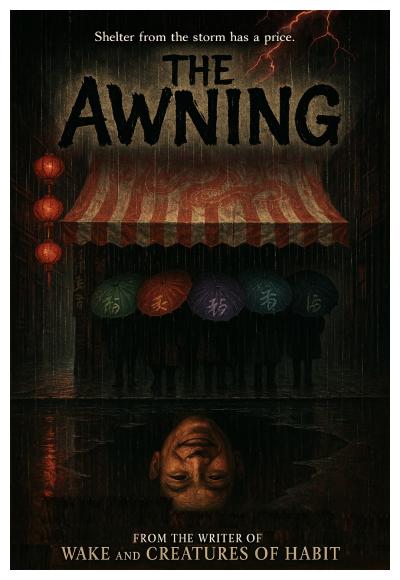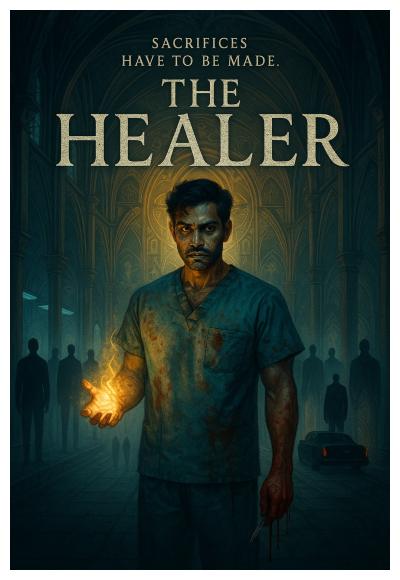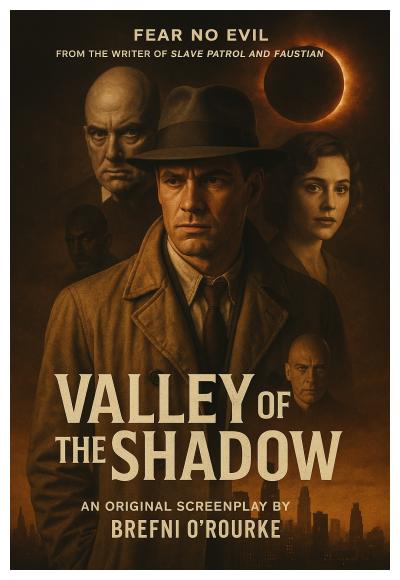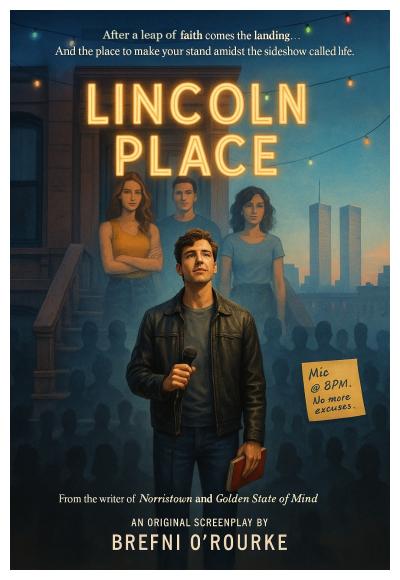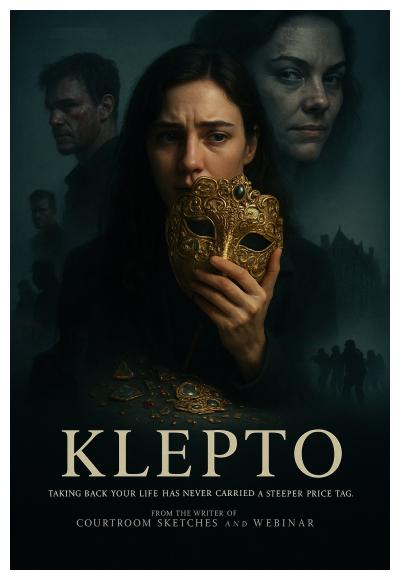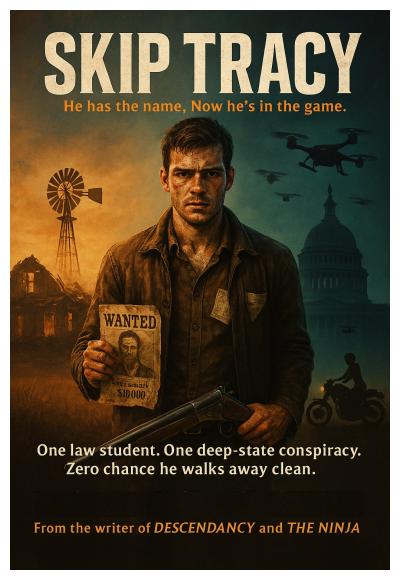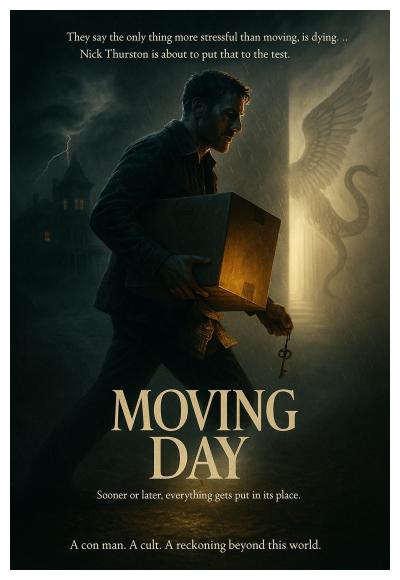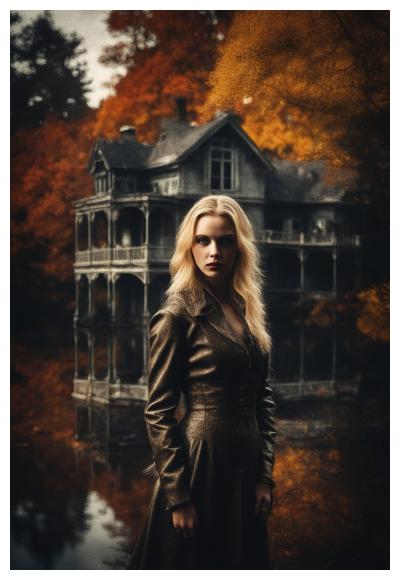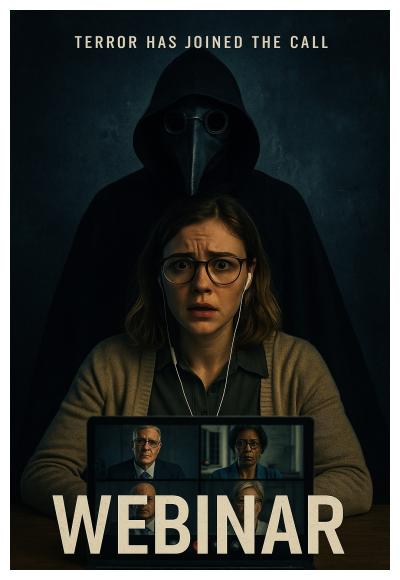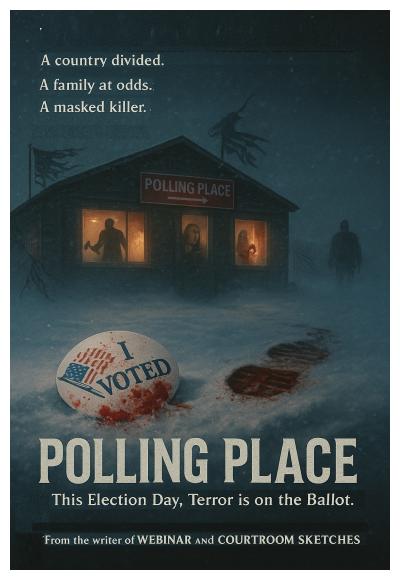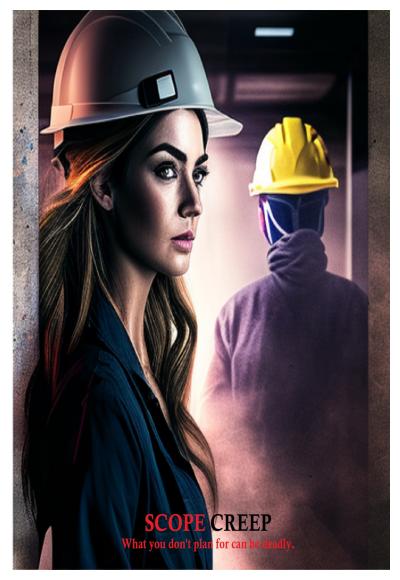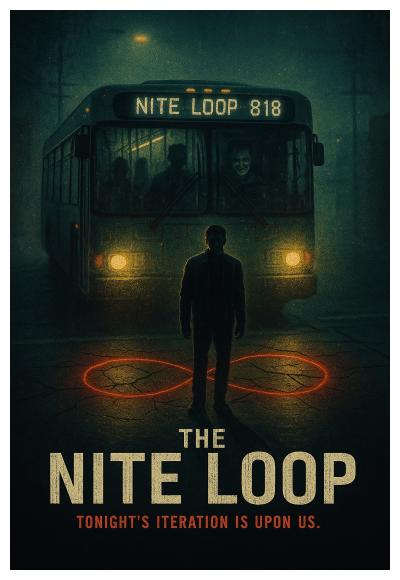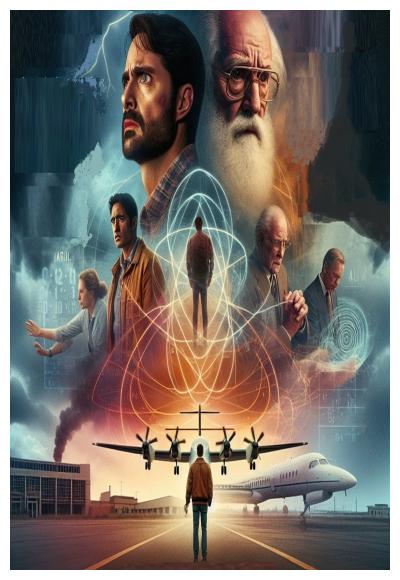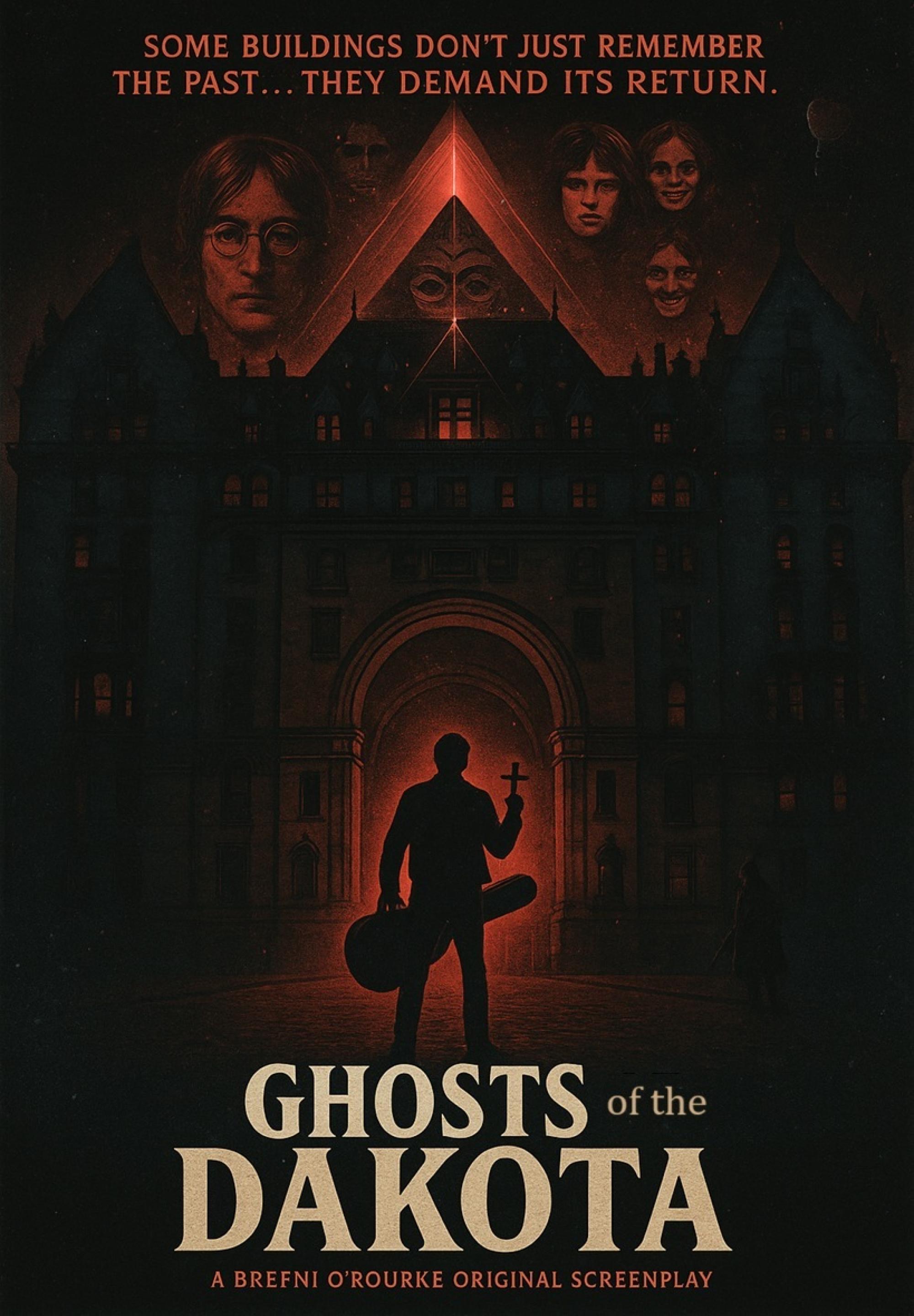
Synopsis/Details
The Dakota: a fortress of stone and shadow overlooking Central Park. Built in the 19th century as a haven for the wealthy, it quickly developed a reputation for strange coincidences, whispered hauntings, and an energy that drew artists, mystics, and visionaries. In the late 20th century, its most infamous chapter was written when John Lennon was murdered at its gates.
Ghosts of the Dakota takes place in the modern day, but the building’s past — from Native American burial rites to counterculture excesses of the 1960s and 70s — is never far from the surface. The story follows Lance Skelton, a once-promising musician now struggling to rebuild his career and hold his family together. With his wife Josie expecting their second child and his young daughter Cassie adjusting to a new school, the move into Apartment 72 feels like both a blessing and a curse: an opportunity for reinvention, but inside walls heavy with history. At first, the Dakota is everything they hoped for — spacious, storied, filled with artistic aura. But soon the cracks show. A misplaced journal scrawled with frantic diagrams. Neighbors who seem to know too much. Security men who behave more like sentinels than doormen. And everywhere, echoes of Lennon, Morrison, and Manson — ghosts of music and murder that refuse to fade. Lance, restless and obsessive, begins investigating the building’s past. He discovers that beneath its ornate architecture lies a secret geometry: ritual patterns mapped into the floorplans, symbols etched into corners, and artifacts hidden deep in the basement. The more he digs, the more he finds connections between the Dakota and threads of American darkness — CIA experiments, cult networks, and artists who drew inspiration from forces they couldn’t control.
Meanwhile, Josie struggles to balance the everyday with the uncanny. Shadows whisper when she’s alone. Their daughter speaks of “strange women” who sing to her from the park. Pam, the nanny, seems at once protective and duplicitous, her loyalties unclear. Even family friends who visit sense something off — a tension that feels staged, as though they’re walking into a performance that’s been running for decades. The tension escalates when the family is drawn into a web of competing forces: rival factions within the building itself, each claiming to hold the key to harnessing or suppressing its power. Some want Lance to follow in Lennon’s path, to “finish the song” he never got to complete. Others believe he’s destined to reenact the tragedy, another sacrifice to the building’s hunger.
The deeper Lance goes, the more it becomes clear that the Dakota is not just a backdrop — it’s a living organism, a ritual engine powered by memory, fear, and performance. What begins as a psychological thriller spirals into something stranger. Lance finds himself caught in temporal bleed-throughs, moments where past and present collapse: the 1960s cult orgies that once took place in the rooftop pyramids, Lennon’s last walk across the archway, even glimpses of ancient ceremonies before the city was ever built. These visions are not passive hauntings — they demand participation. Each choice Lance makes seems to rewrite or repeat history, pulling his family deeper into the loop. As the story accelerates toward December 8th — the anniversary of Lennon’s murder — Lance realizes he’s being pushed toward a night of reckoning. But is it fate, a curse, or manipulation by the very people claiming to help him? The journal may hold the answer, but decoding it means risking everything. At its core, Ghosts of the Dakota is not just about Lennon’s shadow, but about the way trauma, myth, and history embed themselves into places — and into families.
For Lance, survival means more than saving his wife and children. It means breaking the cycle of repetition, facing the “ghosts” head-on, and choosing whether to honor or reject the legacies of those who came before him. The film blends the atmosphere of Rosemary’s Baby with the conspiratorial energy of JFK and the dream logic of Inception, while weaving in real historical detail and speculative “what if” questions. It asks: What if history’s most infamous tragedies weren’t random, but rehearsals for something larger? And what would you do if you were caught in the middle, asked to play a part in a ritual written long before you arrived? By the end, the Dakota itself becomes a stage where music, memory, and myth collide — and where Lance must decide whether to repeat history, or to finally change it.
GHOSTS of the DAKOTA
Some buildings don’t just remember the past… they demand its return
Story & Logistics
Story Type:
Hero's Journey
Story Conclusion:
Happy
Linear Structure:
Linear
Moral Affections:
Bad Man, Duty, Penitence
Cast Size:
Several
Locations:
Few
Special Effects:
Blue/green screen, Bullet time, Other in-camera effects, Significant cgi
Characters
Lead Role Ages:
Female under 13
Hero Type:
Legendary, Ordinary
Villian Type:
Authority Figure, Beast/Monster, Corrupted
Stock Character Types:
Villain
Advanced
Subgenre:
Action Suspense-Thriller, Conspiracy, Supernatural
Action Elements:
Hand to Hand Combat, Physical Stunts, Pyrotechnics, Weaponry
Equality & Diversity:
Diverse Cast, Female Protagonist
Life Topics:
Afterlife, Childhood, Foster Care
Drug Topics:
Illegal Drugs
Super Powers:
Physics or reality manipulation, Transportation and travel
Time Period:
Contemporary times, The Eighties (1980–1989), The Sixties (1960–1969)
Country:
United States of America (USA)
Time of Year:
Autumn/Fall, Thanksgiving, Winter

